

Breast Self-Exams 101 | Breast Cancer Surgeon Dr. Kristi Funk
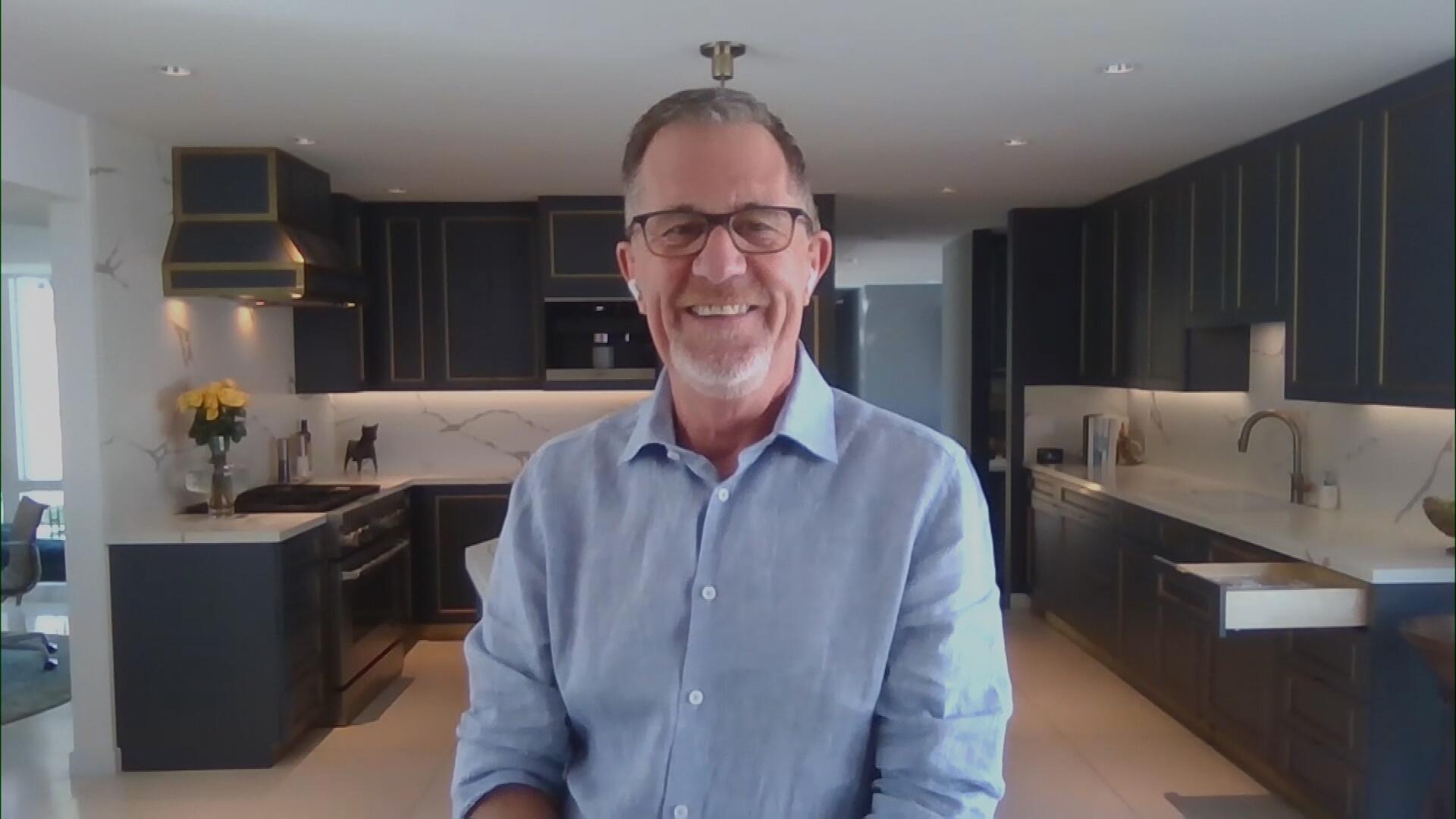
Q&A with Organizational Pro Peter Walsh + Dermatologist Shares A…
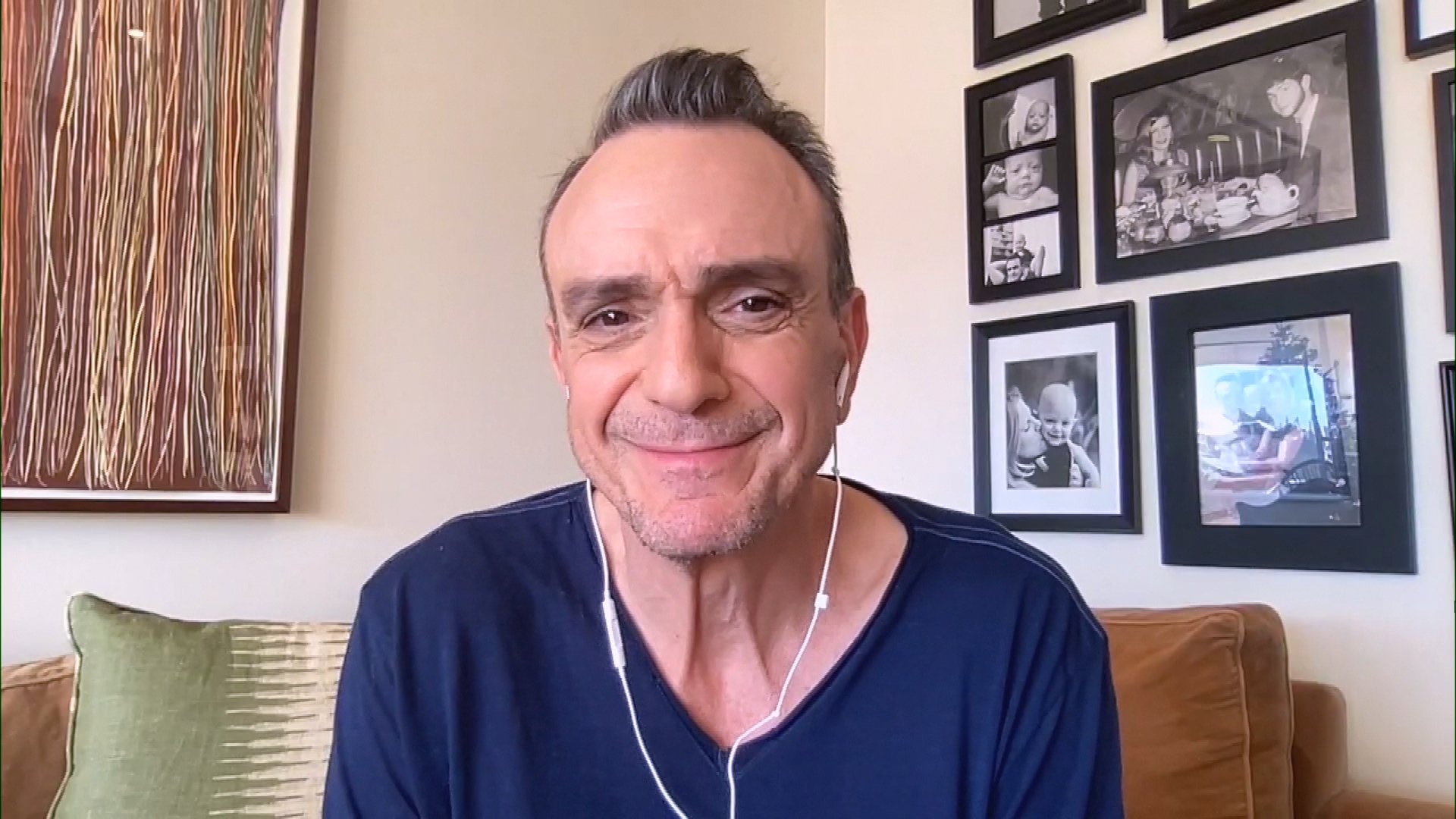
Actor Hank Azaria + Freezer Meals + Artichokes 2 Ways with Rach
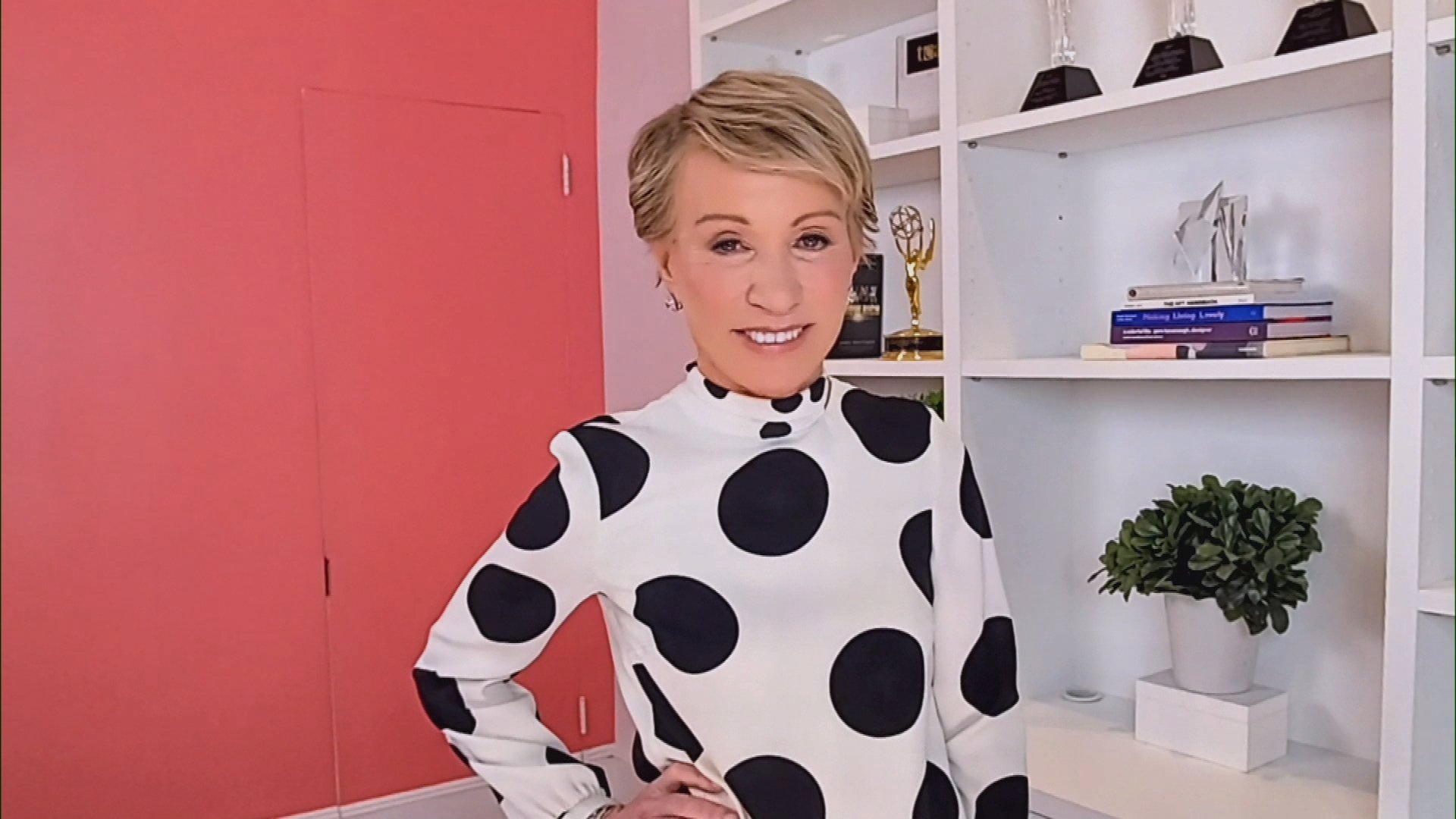
See Inside Barbara Corcoran's Stunning NY Apartment + It's Steak…

How to Make Chicken and Lobster Piccata | Richard Blais
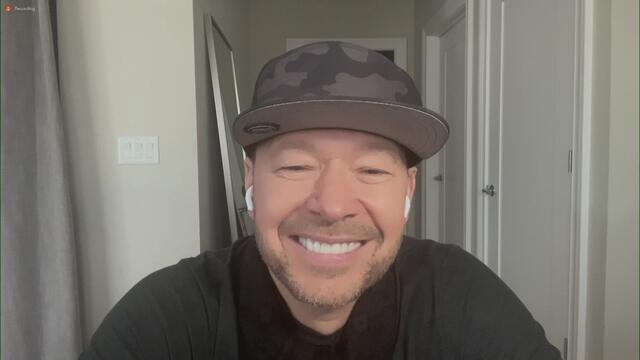
Donnie Wahlberg Spills Details About NKOTB's First Ever Conventi…
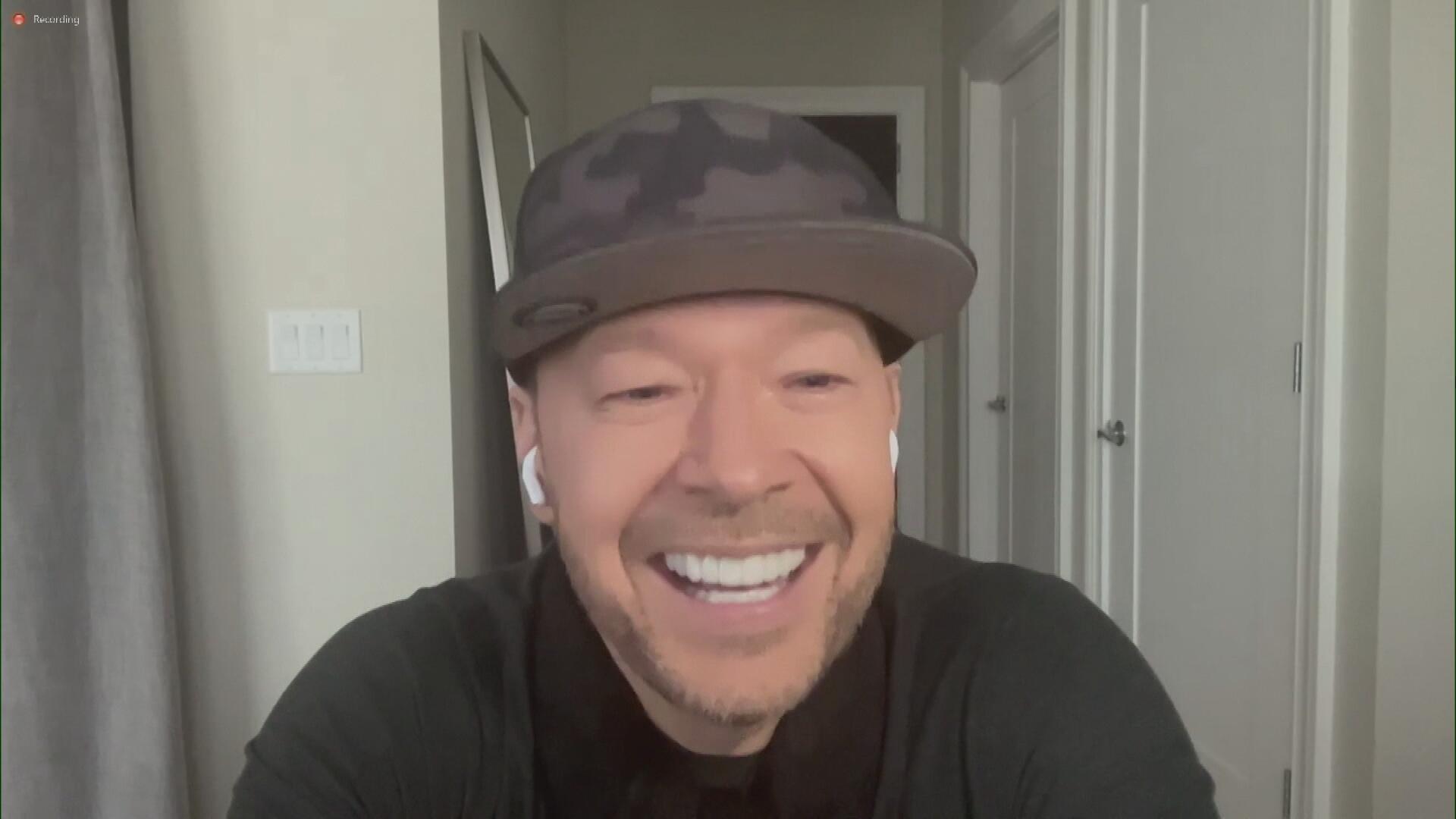
Donnie Wahlberg + Jenny McCarthy Say Rach Is Such a "Joy" + Look…
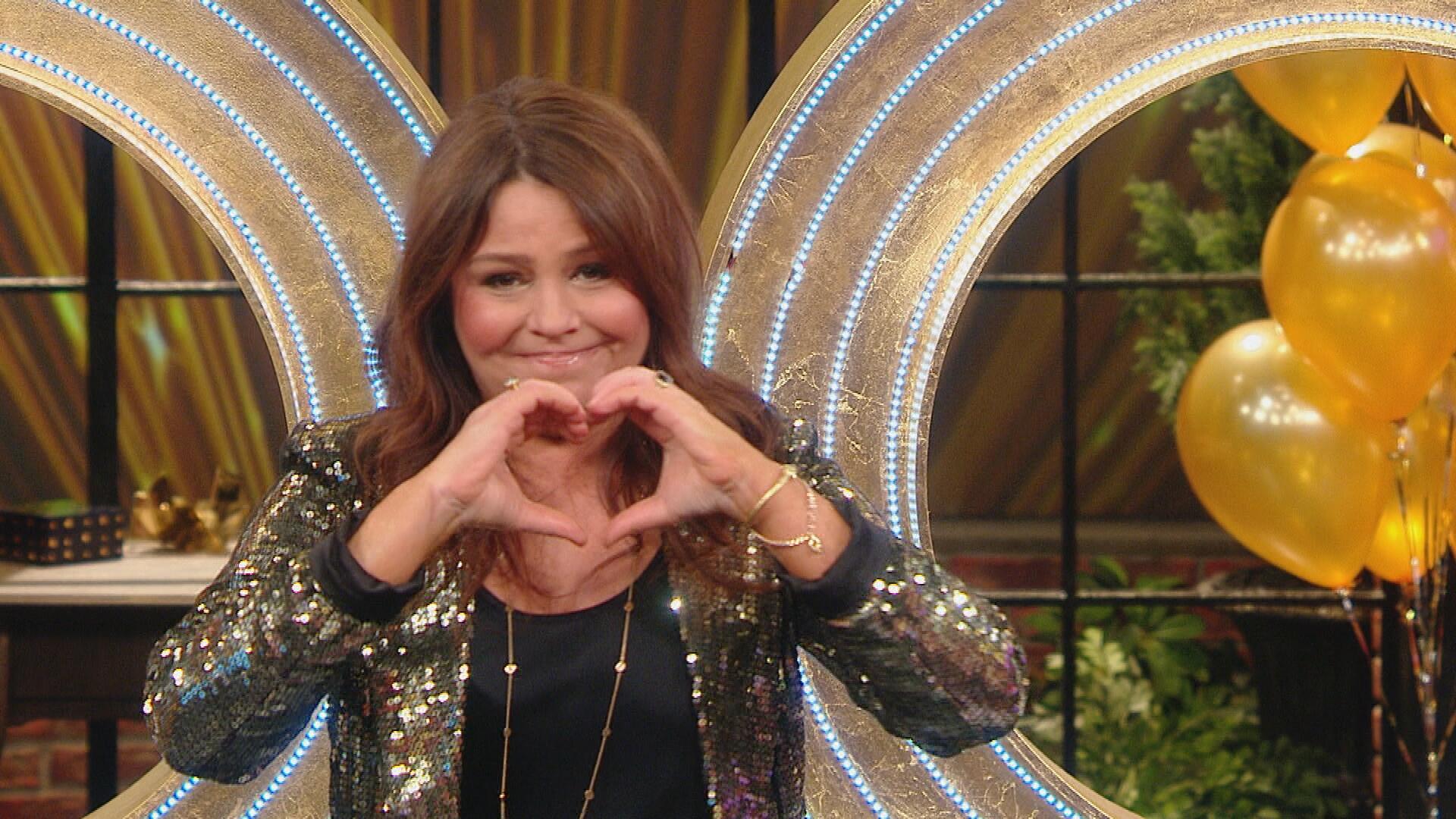
The Best Moments From 17 Seasons of the Show Will Make You Laugh…

How to Make Crabby Carbonara | Rachael Ray
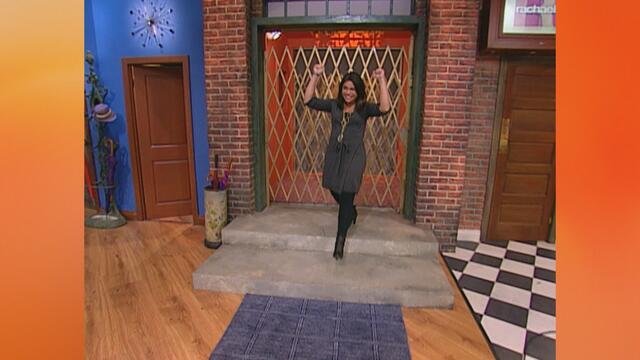
Rach Chats "Firsts" In Flashback From Our First Episode Ever In …

How to Make Apple-Cider Braised Pork Chop Sandwiches with Onion …

Rach's Chef Pals Say Goodbye to Show in Surprise Video Message

How to Make Sesame Cookies | Buddy Valastro

How to Make Tortilla with Potatoes, Piquillo Peppers and Mancheg…

How to Make Shrimp Burgers | Jacques Pepin

How to Make Spanakopipasta | Rachael Ray
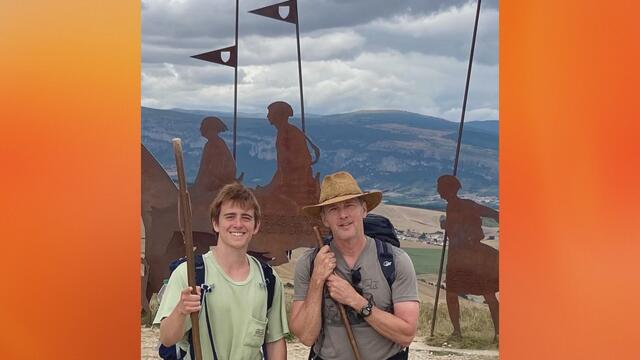
Andrew McCarthy Chokes Up Discussing Emotional Trip to Spain wit…

Celebrity Guests Send Farewell Messages After 17 Seasons of the …

Celebrity Guests Send Farewell Messages After 17 Seasons of the …

Andrew McCarthy Teases Upcoming "Brat Pack" Reunion Special
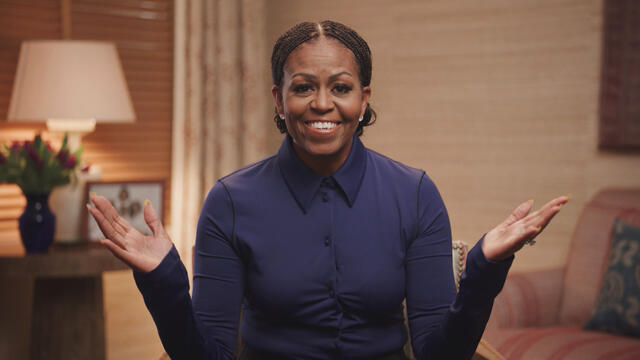
Michelle Obama Toasts Rach's 17 Years on the Air With a Heartfel…
When it comes to breast cancer, knowledge is power. October is Breast Cancer Awareness Month, of course, but you should be performing a thorough breast self-exam every single month of the year, says breast cancer surgeon and author of Breasts: The Owner's Manual, Dr. Kristi Funk.
"Doing a self-breast exam and understanding what to look for and noticing a change and bringing it to the attention of your doctor could be the very thing that saves your life," Dr. Funk says.
First off, you need to know your "lemons," the doc stresses. If you don't know how your breasts normally look and feel, how can you tell if they've changed, right?
So, when should you start breast self-exams?
BREAST HEALTH AT EVERY AGE
Dr. Funk covers breast health for teens, as well as women in their 20s, 30s, 40s and beyond. Basically, the earlier you start doing breast self-exams, the more comfortable you'll be with your own body when you're at a more at-risk age, she explains.
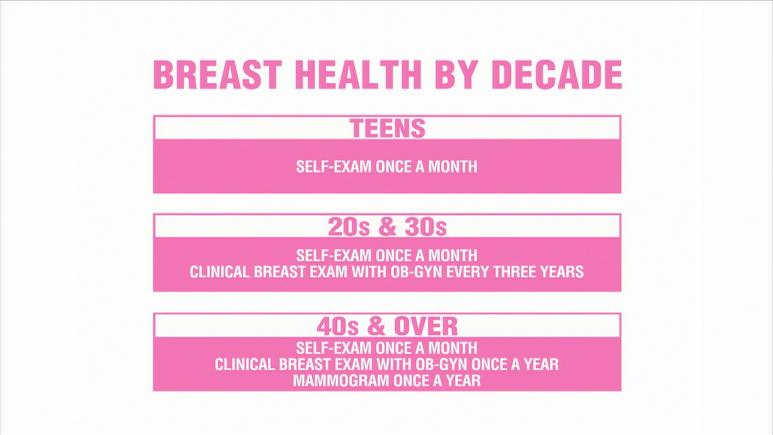
IN YOUR TEENS
Dr. Funk suggests starting to do a breast self-exam once a month in your teens.
"At 13, I want young girls to start doing breast exams," the breast surgeon says. And that's because she wants young girls to become comfortable doing the exams and familiarizing themselves with their bodies.
IN YOUR 20s + 30s
In your twenties and thirties, continue your monthly self-exams and also see a doctor — either your gynecologist or internist — with a clinical breast exam once every three years, Dr. Funk says.
When you're 25, if you have any family history of breast cancer or any other risk factors, Dr. Funk recommends seeing a genetic specialist to assess your risk.
"Do a risk assessment at 25 to figure out your screening plan, which is probably normal risk, because most people are normal risk," she says.
IN YOUR 40s
Start annual mammograms at age 40 "and forever after," Dr. Funk says.
HOW TO DO A BREAST SELF-EXAM THE RIGHT WAY
Disrobe from the waist up and look in the mirror at your breasts and nipples. Check for any changes in the shape or size as described above. "You're doing the visual stuff — any new thickening, dimpling, retraction," Dr. Funk says.
Then, you're going to start the exam. "Take the arm of the same breast you're examining and put it up over your head. You can do this in the shower, you can do it laying down. You're going to use the fat pads of the opposite hand and the middle three fingers to do your breast exam," the doc explains.
"Make tiny little circles with light pressure — it's as if you're just trying to feel underneath the skin — and you're going to do the whole breast. Go back to the beginning, do it again a little bit deeper, and a third time deeper still. Three times, ladies!"
"And then, in the armpit, give a little feel there, make sure you don't feel a 'marble' in there."
Repeat on the other breast and you're done for the month, she says. Watch Dr. Funk demonstrate in the video above.
Using lemons as examples, Dr. Funk describes the three most common changes that a woman should look out for herself when doing a breast self-exam: a new lump, nipple changes and sudden changes in the shape or size of your breasts.
WHAT IS A LUMP + WHEN IS IT A CAUSE FOR CONCERN?
A new lump may not be protruding through your skin, the doc explains, but when you're doing your breast self-exam, "it will feel like a thickening or an actual lump with discreet edges. It may hurt, it may not — usually, it doesn't. But if there's a new thing in your breast that you know was never there before, see your doctor."
CHANGES IN NIPPLES + CHANGES IN SIZE OR SHAPE OF BREAST
Just like you have an "innie" or an "outie" belly button, everyone also has "innie" or "outie" nipples, according to Dr. Funk.
"If you were always an outie, you should stay an outie for life. If it suddenly becomes flat or inverted, that is a worrisome change and you should see your doctor," she says.
"One of the obvious things that you should notice is a sudden change in the size or shape of your breast," she continues.
For Dr. Funk's full video demo of the perfect self breast exam, click here.
As always, talk to your doctor if you have any concerns and/or notice any changes in your breasts.




